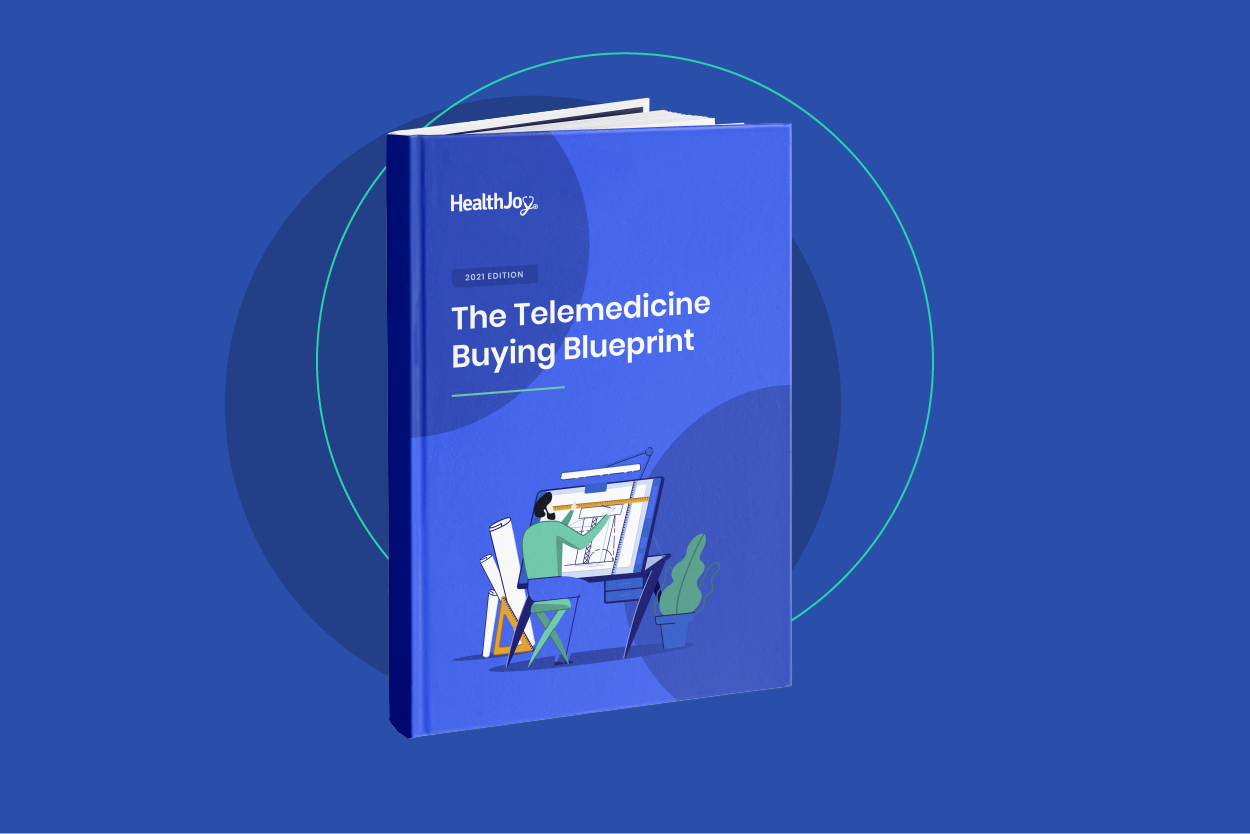eBook: Sustaining Telemedicine’s Momentum in 2021
Before COVID-19, telemedicine benefits suffered low utilization and lagging adoption, especially on carrier platforms. But we witnessed its...
Connected Navigation Platform
Guiding to high-value care
Behavioral Health
Foster a mentally healthy workplace
EAP
Supporting holistic wellbeing
Virtual MSK Care
Reimagining musculoskeletal care
Virtual Primary Care
Powered by smart navigation
Surgery Centers of Excellence
Best-in-class surgical outcomes
Virtual Urgent Care
Immediate care, any hour of the day
Chronic Care
A new approach to chronic care
Integrations
Flexible to any strategy
4 min read
 Rick Ramos
:
June 9, 2021
Rick Ramos
:
June 9, 2021

High deductible health plans (HDHPs) offer employees lower premiums in exchange for bearing a higher burden of out-of-pocket costs. They’re often a savvy choice for those who are healthy and don’t anticipate medical expenses. When combined with a Health Savings Account (HSA), they also offer a tax benefit that helps employees save in expectation of future costs.
While telemedicine may seem like a no-brainer for employees seeking health care on an HDHP, it’s complicated by HSA regulations. Read on to learn more about telemedicine and HDHPs.
Before we talk about HDHPs and why telemedicine is treated differently under those health insurance plans, let’s first define telemedicine. Telemedicine is a technology that allows medical professionals to evaluate, diagnose and treat patients through video or audio technology (see Why Telemedicine Use is Skyrocketing for more). This approach has been growing in popularity over the last decade with the release of the iPhone, and positively exploded as a no-contact solution during the coronavirus pandemic.
Over 70% of all traditional medical visits can be handled via telemedicine. During the pandemic, many people turned to telemedicine as a convenient and socially distant alternative to in-person care. Private facilities and health centers expanded their telemedicine capabilities, and public health officials emphasized that telemedicine access was essential to lessen the public health burden of care.
As case counts continue to fall in the U.S. and reopenings prompt a return to normal, telemedicine still has advantages over traditional in-office visits.
These factors are driving an increase in telemedicine benefit offerings—if not in the actual use of the service—every year. For instance, only 23% of employers surveyed by SHRM offered telehealth in 2016, but that number rose to 72% in 2019. Telehealth offerings increased by 10% between 2018 and 2019 alone. Employers usually offer these programs either as a single-point solution or as a bundled healthcare experience. When employees use telehealth, these programs can save both the employer and employee time and money by routing care from expensive facilities like urgent care and emergency rooms.
The federal government defines an HDHP as a health plan with a higher deductible than a traditional insurance plan. High deductible health plans feature lower monthly costs, but often cost more when you do need healthcare, particularly before a deductible is met.
For 2021, an HDHP is any health plan with a deductible of at least $1,400 for individuals or $2,800 for family coverage. Yearly out-of-pocket expenses can’t exceed $7,000 for individuals or $14,000 for families (a difference of about $100 and $200 more than in 2020, respectively).
One way families can soften the blow of high deductibles is through establishing a tax-free Health Savings Account (HSA). The balance of these accounts can be used to pay for any qualified medical expense and rolls over year after year, making it easy to save for expenses down the road. Many employers offer HSA-eligible HDHP plans to employees. But as we’ll discuss, HSAs can complicate the cost of telemedicine for employees on high deductible plans.
The federal government’s messaging on HDHPs that qualify for health savings accounts (HSAs) and telemedicine has, at least so far, been confusing.
The issue stems from the fact that providing a telemedicine plan with zero copays or at a low set rate could render an individual ineligible to receive or make contributions to their HSA. Though the IRS is aware that this creates a problem, it hasn’t committed to issuing guidance. Also, no law firm will issue a legal opinion on the matter due to the vagueness of the rules.
As it stands, you can’t cover people with HSA’s under any “disqualifying coverage.” This includes any provided healthcare coverage before meeting the HDHP deductible; this issue is known as the “no first-dollar coverage” issue.
The IRS does allow exceptions for some coverage including “permitted insurance,” “exception benefits,” discount cards, employee assistance programs, and preventive care. The IRS also issued guidance that HDHP’s covering COVID-19 testing and treatment won’t disqualify HSA contributions (more on that below). Having telemedicine alone as a part of a benefits package won’t disqualify an employee, but to be safe, most telemedicine providers recommend a per-visit fee for those users that are HDHP-eligible.
The exact dollar figure of that fee is the big unknown. HealthJoy can’t recommend exact dollar amounts, but our program has the flexibility to accommodate any fee. We are happy to share general information about what we’re seeing across our client base in terms of HDHP telemedicine fees. For non-HSA eligible plans, we offer a free telemedicine service.
We don’t yet have as much clarity as we’d like about the tension between telemedicine and HDHP’s. For the time being, at least, rules for HDHP’s and coronavirus coverage are far more explicit. The IRS announced on March 11, 2020 that medical care services associated with testing for and treatment of COVID-19 may be provided by a qualified HDHP on a pre-deductible basis. This coverage will not interfere with an individual’s ability to make or receive health savings account (HSA) contributions.
The March 27, 2020 Coronavirus Aid, Relief, and Economic Security (CARES) Act provides a temporary safe harbor for employers who cover the cost of telehealth services before a deductible is met. However, this elimination of the “no first-dollar cost” rule only applies to plans before 2022, so it won’t solve the tension between telemedicine and HDHP’s for long. Going forward, we can only hope that telemedicine’s obvious benefits encourage a solution that lowers the barrier to convenient and affordable care, even for those on high-deductible health plans.
This post was originally published in 2017 and was updated in June 2021.

Before COVID-19, telemedicine benefits suffered low utilization and lagging adoption, especially on carrier platforms. But we witnessed its...
Telemedicine use is growing at an exponential rate.

Our namesake, JOY, is a little chatbot with a big job. She’s at the center of our app experience welcoming our members, gathering information, and...